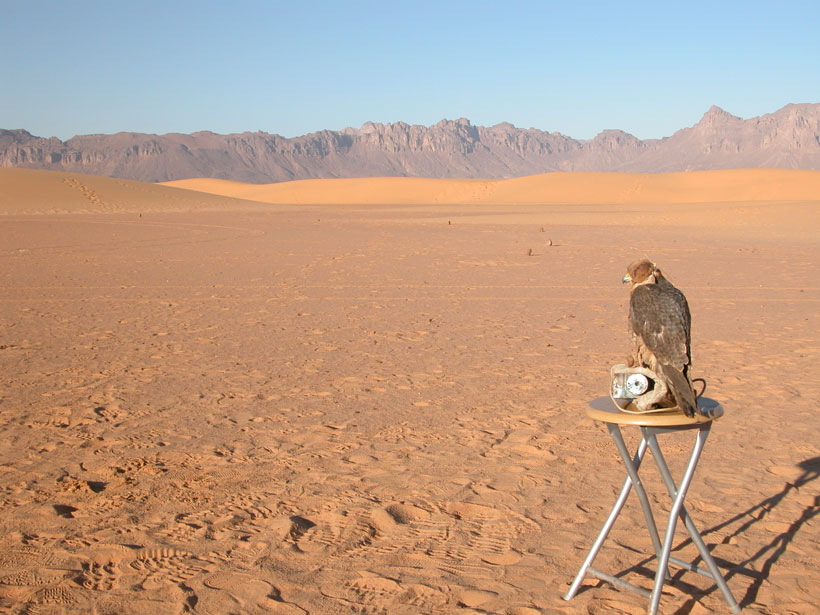Source: Paleoceanography and Paleoclimatology
Reconstructions of Northern Hemisphere temperatures have repeatedly indicated the Afro-Arabian region experienced climate perturbations, including an extended period of anomalously warm conditions, during medieval times. Because this Medieval Climate Anomaly represents the closest analogue to modern warming, it defines a crucial baseline by which modern postindustrial climate trends can be compared.
Although the Medieval Climate Anomaly has also been documented in other parts of the world, its occurrence on the Arabian Peninsula and the African continent, which together comprise about one quarter of Earth’s landmass, is less certain. This is due to the lack of high-quality proxy records, such as ice cores and tree rings, in the region. To help fill this gap, Lüning et al. correlated and synthesized the findings of 44 published paleotemperature case studies from across the region and mapped the resulting trends of the anomaly’s central period, which lasted from about 1000 to 1200 CE.

The results indicate that the majority of onshore Afro-Arabian sites experienced warming during the Medieval Climate Anomaly. The one exception was the southern Levant, which endured a cold phase during the same interval. From offshore records, the team also documented cooling in locations that currently experience cold-water upwellings but generally warmer conditions away from these upwelling zones during the same period.
In some records, the researchers noted the presence of obvious cold spikes during intervals corresponding to decreased solar activity or declining ocean cycles. This, they argue, suggests that solar forcing and changing ocean circulation are the most likely causes of medieval era climate change.
This study represents a step toward globally characterizing the Medieval Climate Anomaly, an improved understanding of which will help scientists refine global climate models and improve hindcasting. To date, however, very few paleotemperature data exist from Afro-Arabia; the authors note that all of West Africa is currently represented by a single data point. Systematic research will be necessary to adequately reconstruct medieval paleotemperature patterns and their causes across this vast region. (Paleoceanography and Paleoclimatology, https://doi.org/10.1002/2017PA003237, 2017)
—Terri Cook, Freelance Writer
Citation:
Cook, T. (2018), Medieval temperature trends in Africa and Arabia, Eos, 99, https://doi.org/10.1029/2018EO092411. Published on 09 February 2018.
Text © 2018. The authors. CC BY-NC-ND 3.0
Except where otherwise noted, images are subject to copyright. Any reuse without express permission from the copyright owner is prohibited.

